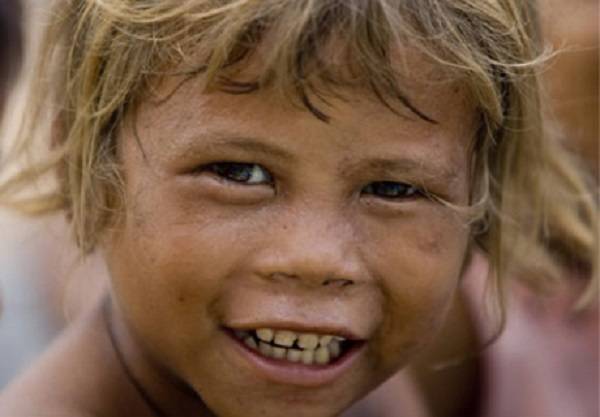
Malaysian authorities announced that they finally managed to capture the ‘Wild Child from Borneo’, who was observed hundreds of times by villagers in the area, and was one of the hottest topics in the local media in Malaysia in recent years. According to reports, the young boy was surrounded by the company of orangutans which apparently embraced him as one of their own.
“We are trying to determine the age and identity of the child”, said Osman Mehmet Rahman, director of public relations of malaysian police. “The Child is hesitant and aggressive when approached it and it made his capture more complicated. Especially when the orangutans tried to protect him. We had to shoot anesthesia arrows in three monkeys before we could capture the child. We did above and beyond to make sure not to hurt him. The boy was taken to hospital and remained under the supervision of representatives of social services”.
Medical tests conducted by doctors at the hospital in Borneo surprisingly confirmed that the child is in relatively good health condition. The tests have also revealed that he probably lived with a group of monkeys for two or three years, because his tests raised that he forgot how to act in social situations.

“Right now, the identity of the child and the circumstances that led him to live in the forest with the monkeys remain a mystery”, said Aisyah Megat, a social worker who examined the child. “We can not say if it was an accident or neglection, all we know is that he is four to seven years old, and seems in relatively good condition. All our concerns are for the child’s health, and returning him to normal life. Naturally it is very stressed, so we try to make him feel as much more confident”.
Similar cases have occurred in the past. One of the most famous cases occurred in Nigeria, where two-year-old Blue, nicknamed ‘The Nigerian chimpanzee’, grown for a year and a half with chimpanzees in 1996. Another case happened in Uganda, where John Ssebunya was found in 1991 after growing up with monkeys in the jungle for several years.